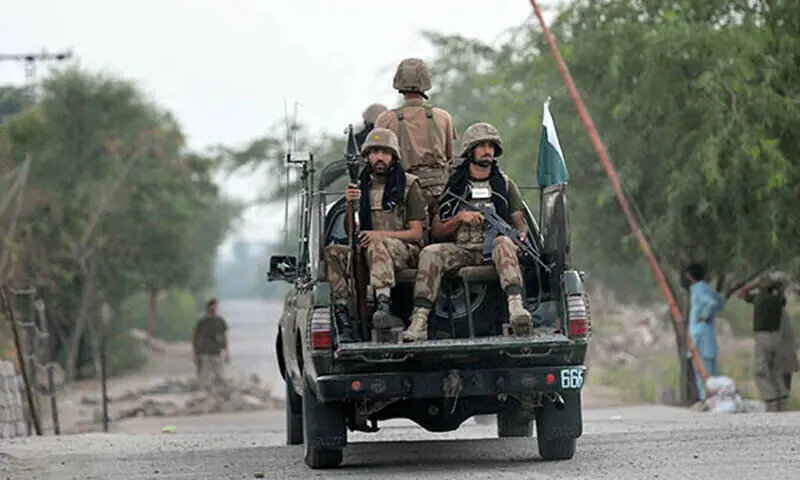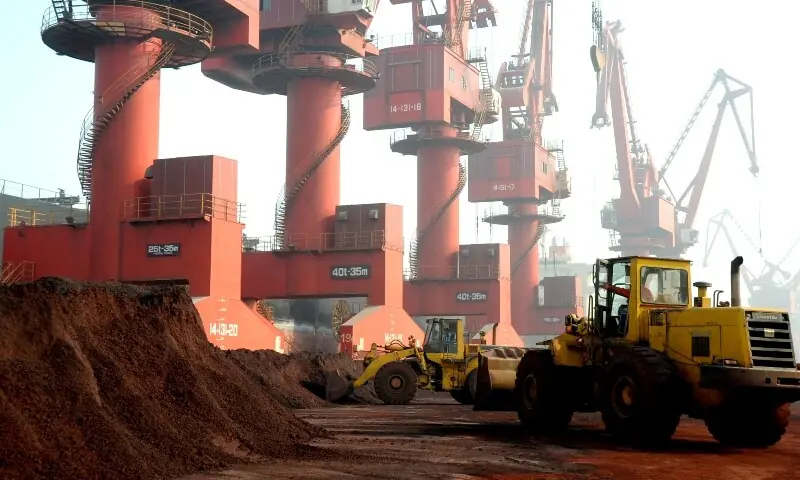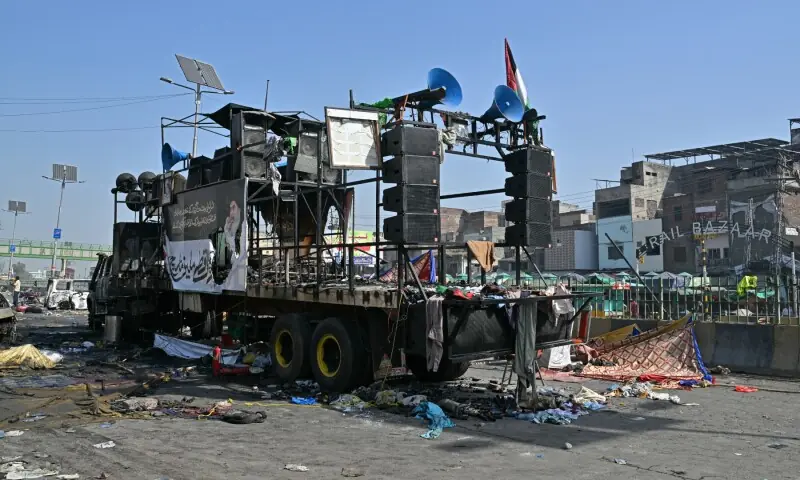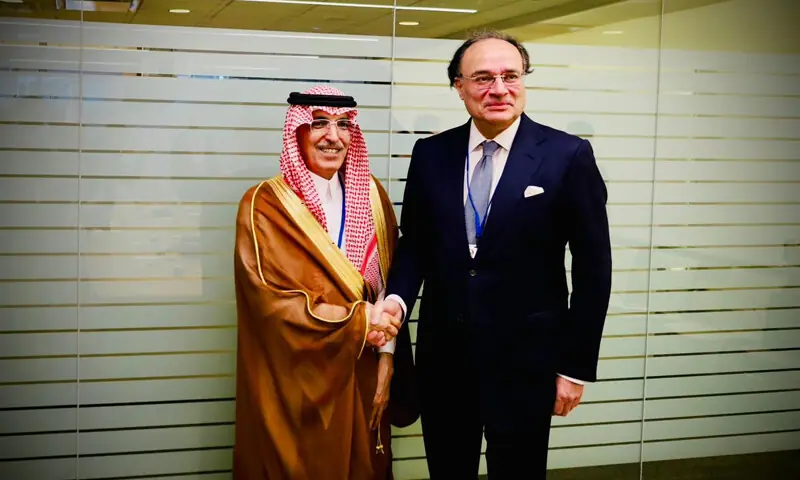THE “homegrown” Uraan Pakistan five-year economic plan, which was unveiled by Prime Minister Shehbaz Sharif this week, hopes to take advantage of the country’s nascent economic recovery to boost growth. The initiative is based on the ruling PML-N’s five-point development agenda, known as the ‘5E Plan’. It focuses on exports, information technology, environment and climate, energy and infrastructure, and justice for all as a “unified roadmap” to make Pakistan a trillion-dollar economy ( approximately triple its current size) by 2035. The roadmap aims to address key economic challenges through a ‘National Economic Transformation Plan’, providing short to medium-term solutions for stabilization and growth.
However, the targets are ambitious, if not unrealistic, as they seek to achieve a sustainable growth rate of 6% by 2028 and attract $10 billion in private investment each year to double exports to $60 billion in the next few years. five years. But the Finance Minister downplayed the plan’s objectives. According to him, the plan was an effort to guide the economy so that it does not overheat when the growth accelerator is pressed.
The plan is elaborate on what the government wants to achieve over the five-year period, but does not offer any insight into the policy reforms or solutions it intends to implement to solve the problems plaguing the economy. At best, it has created an implementation unit in the Prime Minister’s Office to coordinate the implementation of sectoral plans and roadmaps to implement the initiative and ensure transparency and accountability. This government’s nine-month track record of promised structural reforms also does not inspire much confidence in its ability to deliver on its promises. For example, we have seen the government capitulate to retail trade and state-owned enterprise tax reforms.
That’s not all. Many of his policies run counter to the objectives of Uraan Pakistan. On the one hand, it plans to promote IT exports and support emerging companies; and on the other, it has slowed down Internet speeds, despite warnings about losses in IT exports.
Furthermore, the program points to decades of political instability, political inconsistency, and repeated military-led disruptions in the political process as reasons for the current state of the economy. However, there has been little inclination to address these challenges. The absence of clear mentions of policy reforms backed by a sound strategy to execute the objectives allows the bureaucracy a lot of room to shirk its responsibility. While monitoring and evaluating the initiative’s progress is important, it cannot be a substitute for real reforms and policy changes when it comes to fixing the economy on a path to sustainable growth.
Published in Amanecer, January 2, 2025.









